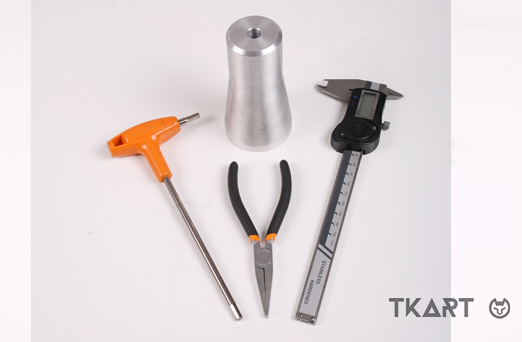Frequent Searches
Frequent Searches
The power valve made its appearance in international karting with the introduction of KF engines, but is also present on specific makes like ROK and Rotax that power popular racing series around the world. With the shift to the new OK and OKJ-type engines, the CIK-FIA decided to maintain the component, but requires manufacturers to follow a mono-type rule, rather than choose among the different solutions on the market as they did for their KF models. So what does the power valve do? When it lowers, it partially closes the exhaust port, increasing horse power at low revs. As with any valve, its movement is regulated by pressure: the valve remains “shut” until exhaust pressure is higher than the compression generated by the valve’s internal spring. Frequent inspection is a must, since the component is exposed to constant oil and fuel combustion. Poor maintenance could result in a faulty guillotine and thus a blocked valve, with consequent bottom-end power “drops”.

The exhaust valve sits on the back side of the engine. Use your hands or, if you prefer, help yourself with a pair of pliers to remove the clip that seals the cap down and then to extract valve’s inside spring. Next, unscrew the two 6 mm lock bolts with the T-handle key and extract the valve from the engine.